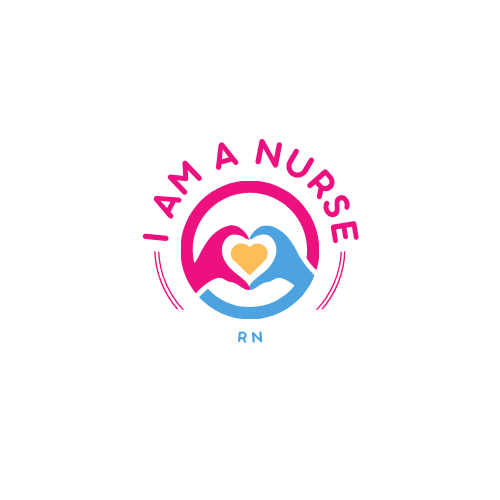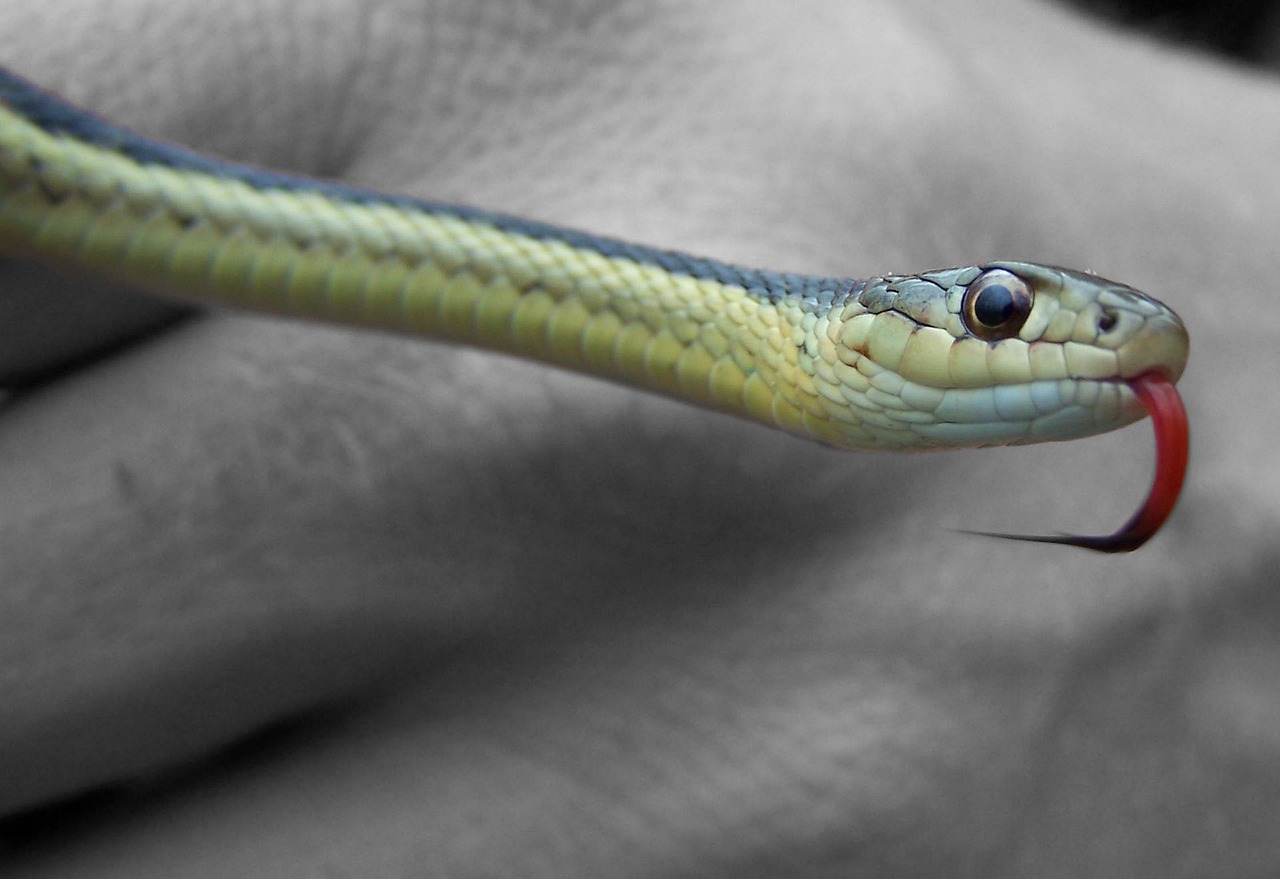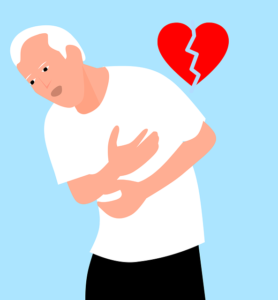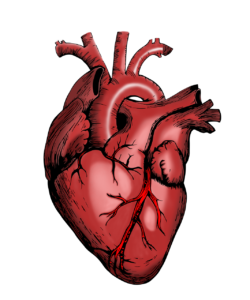Snake Bites: The Top Do’s and Don’ts for Immediate Response
Welcome, social media enthusiasts, to our latest blog post on a topic that can be a matter of life and death – snake bites. Whether you’re out exploring the wilderness or simply curious about the dangers lurking in your backyard, it’s crucial to know the necessary steps for immediate response. In this article, we will delve into the essential do’s and don’ts when facing a snake bite situation, equipping you with knowledge that could save lives. So, buckle up and get ready to unravel the secrets of effectively handling snake bites!
Snakebite is defined as a wound resulting from the penetration of the flesh by a snake’s fangs, particularly when the snake secretes venom through or near the fangs. In the case of a nonvenomous snake bite, it is treated as a puncture wound.
The goal set by the World Health Organization to reduce global snakebite deaths by 2030 will require significant progress in India. We conducted an analysis using data from the Indian Million Death Study, which included 2833 snakebite deaths from 2001 to 2014. Additionally, we conducted a comprehensive literature review covering snakebite incidents from 2000 to 2019, totaling 87,590 cases. Based on our research, we estimate that India witnessed 1.2 million snakebite-related deaths between 2000 and 2019, averaging to 58,000 per year. These fatalities were most commonly observed among individuals aged 30 to 69 years, with over a quarter of cases affecting children under the age of 15. The majority of snakebite incidents occurred in rural areas, predominantly within the confines of households. Approximately 70% of these incidents transpired in eight states with high burden, and half of them took place during the rainy season and at low altitudes. The probability of an individual in India dying from snakebite before the age of 70 is approximately 1 in 250, although this risk is notably higher in specific regions. In a broader sense, we estimate that there were 1.11 to 1.77 million snakebite incidents in 2015, out of which 70% exhibited symptoms of envenomation. By implementing effective prevention and treatment strategies, it is possible to substantially reduce snakebite-related mortality in India.
The signs and symptoms of a snake bite can manifest in various ways including puncture wounds, pain and swelling at the site of the bite, redness or discoloration, feelings of nausea, vomiting, sweating, weakness, dizziness, and difficulties with breathing. In more severe cases, individuals may exhibit signs of neurological complications such as muscle weakness or convulsions. If there is suspicion of a snake bite, it is vital to seek immediate medical attention.
First aid measures for a snake bite should be promptly initiated while awaiting the arrival of medical professionals. Here are the recommended steps to follow:
- Maintain Composure: Encourage the affected person to remain calm and motionless in order to slow down the venom’s spread.
- Call for Assistance: Immediately contact emergency services or transport the victim to the nearest medical facility.
- Immobilize the Bitten Area: If the bite occurs on an arm or leg, secure the limb with a splint or bandage to restrict movement. This helps prevent the venom from reaching other body parts.
- Proper Positioning: Keep the affected limb at or slightly below heart level to minimize venom circulation through the blood.
- Loosen Clothing and Jewelry: This prevents excessive constriction caused by swelling.
- Cleanse the Wound: Gently cleanse the bite area with soap and water to reduce the risk of infection.
- Apply a Bandage: Use a sterile, clean bandage to cover the wound, but avoid wrapping it too tightly.
- Avoid Applying Ice or Tourniquets: These can exacerbate the injury.
- Avoid Cutting the Wound: Incisions are ineffective and may lead to further complications.
- Do Not Attempt Venom Extraction: This method is ineffective and may cause harm.
Remember, the primary objective of initial aid is to maintain the victim’s stability and seek professional medical care as soon as possible. Antivenom and appropriate medical treatment are crucial for effectively managing snake bites.
When it comes to dealing with a snake bite, here are several important guidelines to follow:
Do’s:
- Seek immediate medical assistance: Contact emergency services or make your way to the closest medical facility as soon as possible.
- Keep the affected person calm and motionless: Minimizing movement can help slow down the venom’s spread.
- Attempt to identify the snake: If it’s safe to do so, take note of the snake’s color, size, and markings. However, avoid putting yourself or others in danger.
- Remove any tight clothing or jewelry: Since swelling may occur, it’s essential to remove items that could restrict blood flow.
- Ensure the affected limb remains immobile: Use a splint or bandage to limit movement.
- Cleanse the wound gently: Wash it with soap and water, but refrain from using ice or applying a tourniquet.
Don’ts:
- Refrain from attempting to suck out the venom: This method is ineffective and can potentially cause more harm.
- Avoid cutting the bite wound: Incisions won’t aid in healing and may increase the risk of infection.
- Do not apply ice or use a tourniquet: These measures can exacerbate the injury.
- Do not utilize a venom extraction pump: Studies have shown that it isn’t effective and can lead to tissue damage.
- Steer clear of traditional remedies: Folk methods can be hazardous and may delay proper medical care.
- Avoid trying to capture or kill the snake: It may result in another bite and put you at further risk.
Remember, the optimal course of action is to seek immediate professional medical treatment following a snake bite.



